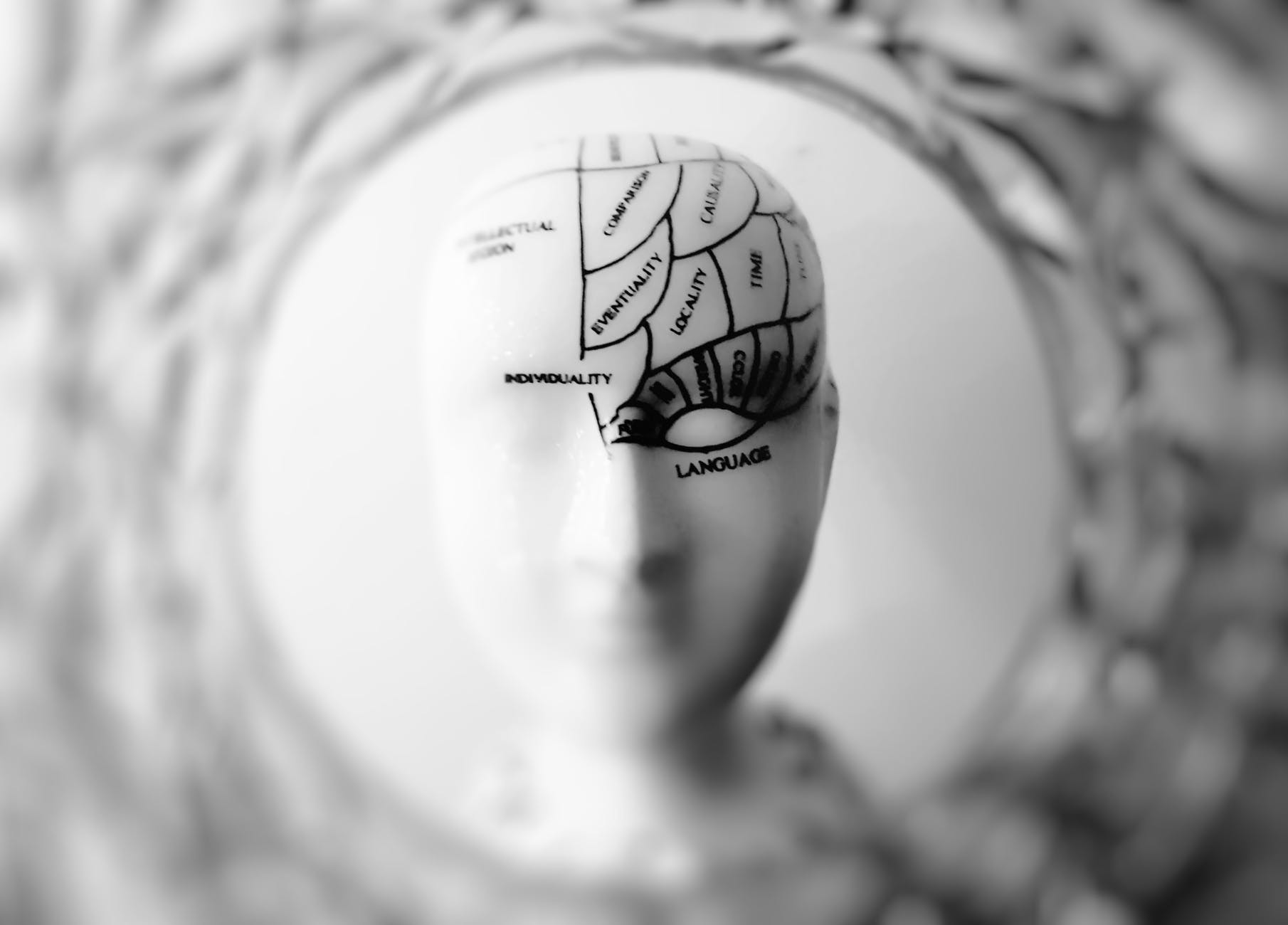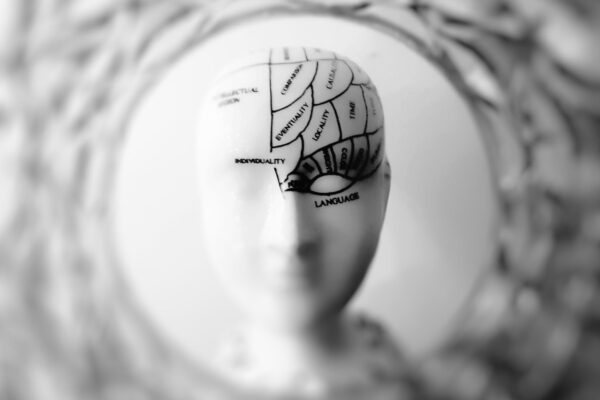
I was poking around in some journals looking for something to post about.
I found 3 articles that interested me. One describes the intuitive truth that insight is associated with change, while the other two seem to complicate acquiring that insight.
Broken brains?
Curing the broken brain model of addiction: Neurorehabilitation from a systems perspective challenges the brain disease model of addiction (BDMA) and proposes what they call a systems theoretical framework.
The article starts off with a fair description of the brain disease model:
From this perspective, now often referred to as the brain disease model of addiction (BDMA, Hall et al., 2015, Heather et al., 2018), a vulnerable brain may get “hijacked” by addictive drugs (Nesse & Berridge, 1997). Various neuroadaptations are thought to make behavior increasingly less voluntary and more compulsive, especially when cues indicate the presence of an opportunity to engage in addiction-related behavior.
Key words here are less voluntary and more compulsive. The description continues with appropriately qualified language like reduced control. It then transitions into framing the brain disease model as promoting “loss of free will” based on a lecture on YouTube from Nora Volkow in which she says:
I devoted all of my life to study the effects of drugs in the human brain. To try to understand what is it that they do to our brains that in some people that are vulnerable that can lead them to the complete loss of control with severe catastrophic consequences.
This hardly seems like a declaration that addiction is universally characterized by a complete loss of control. In fact, though articles like this frequently suggest that people who believe in the brain disease model of addiction asserts a complete loss of control, I find that view to be rare. Most describe impairment and episodic loss of control.
They reject the brain disease model on the basis of this characterization and its framing a a chronic condition with continuing vulnerability with “no road back to controlled use or recovery.” It attributes this thinking to 12 step programs. It seems strange to suggest that 12 step programs suggests their is no road to recovery.
It also object the chronic brain disease model on the basis that neurorehabilitation could “only be partially effective” because the “brain would remain hypersensitive.” To me, this is a strange objection. That a treatment might help put a chronic disease in remission is not a small accomplishment.
So what is the treatment? Neurorehabilitation is described as such:
Current (neuro)cognitive training or neurorehabilitation efforts in addiction can be categorized into two broad classes: training of (suboptimal) general functions, such as working memory (WM), and re-training of abnormally strong cognitive-motivational processes (“cognitive biases”) triggered by addiction-related cues, known as cognitive bias modification or CBM (Wiers, 2018). Regarding the first class of neurorehabilitation, there is evidence that training can improve the targeted general function (typically WM), and generalization to other relevant functions has been reported, such as delay discounting (Bickel, Yi, Landes, Hill, & Baxter, 2011), and future episodic thinking (Snider et al., 2018).
The chronic brain disease model doesn’t suggest that neurorehabilitation is of no value, it just would suggests that neurorehabilitation isn’t a cure.
The model seems to have a lot to offer and it does not seem incompatible with the chronic disease model or 12 step recovery. In fact, I could imagine an article on 12 step recovery as neurorehabilitation.
Harm to others?
Applying a ‘harm to others’ research framework to illicit drugs: political discourses and ambiguous policy implications examines “harm to others” as a framework for measuring social costs of substance use and developing policy.
During the past decade, ‘alcohol’s harm to others’ (AHTO) has emerged as an international approach to studying alcohol problems and advocating for improved policy. For example, the World Health Organization (WHO) has adopted AHTO as a stream of work in its global strategy to reduce harmful alcohol use. This approach seeks to identify and measure harms beyond the person who drinks (e.g. family members, co‐workers) in order to increase political will for enacting alcohol policy. The approach follows the way in which evidence of ‘passive smoking’, a form of harm to others, became influential in the debate and development of tobacco public policy.
Of course, this harm to others is frequently discussed in treatment and recovery, but I’d never seen this explicitly described or used as a research framework.
The article raises concerns about the framework on the basis of methodology (imprecision and inattention to micro level considerations), issues of individualism causality (“falsely delineating a perpetrator from a victim, as well as individualizing the cause of alcohol problems”), and stigmatization of individuals.
These measures focus on harms related to alcohol and the authors consider the application of the framework to drugs. They recommend rejecting “harm to others” in favor of “harm from others” on the grounds that it’s more accurate and less stigmatizing.
Of course, there is merit to the questions and concerns raised about the framework. And, the collateral harms experienced at the individual level are real, significant, and important.
There is a great deal of concern for harms experienced at the individual level by people who use drugs, but there appears to be remarkably less concern among AOD researchers for harm experienced by children, family members, neighbors, etc. via interactions with people who use drugs.
Stigma is a very important consideration, but our attention to stigma is an attempt to preserve the humanity of people who use drugs. We can’t erase the experience of others while trying to protect the humanity of people who use drugs.
This framework may not capture THE truth, but it does capture important truths and one important dimension.
Insight
Insight in substance use disorder: A systematic review of the literature found that “better insight was generally related to negative consequences from substance use, better treatment adherence and maintaining abstinence.”
A predictable challenge is determining how to define insight. There were 20 studies selected for the meta-analysis and there were 13 different measures used. The most frequently used tool was the Hanil Alcohol Insight Scale which is described as such, “The measure focuses on perceptions of drinking harms (e.g., ‘My drinking did no harm to any member of the family’) and the need for treatment (e.g., ‘It was fortunate to have a chance to be hospitalized’)”
The discussion lays out the relationship between substance use, consequences, insight, and motivation this way:
It is often only when there are other consequences such as loss of job, relationship problems, legal problems, or financial problems that people start to think they may have a problem that needs treatment. This could explain results from studies where participants with better insight also reported higher use, and more consequences of use such as relationship or work problems (Kim, Kim et al., 2007). An important finding from this review was identification of a relationship between readiness to change and insight (Kim, Kim et al., 2007; Slepecky et al., 2018). People with higher insight were more ready to change than their low insight counterparts.
What’s the throughline?
If insight is associated with higher levels of readiness to change, treatment adherence, and abstinence, it invites the question “insight into what?”
The articles about the brain disease model and harms to others are typical of a lot of academic work on drug and alcohol problems.
A lot of people generating academic knowledge seem focused on casting doubt upon and destabilizing the ideas that patients would achieve insight into.
The realizations that “I can’t control my substance use” and “my substance use is hurting the people I love” serve as an inflection point for so many people, leading them to seek help and change.
I don’t completely understand this consistent effort to destabilize these insights and who it serves.
